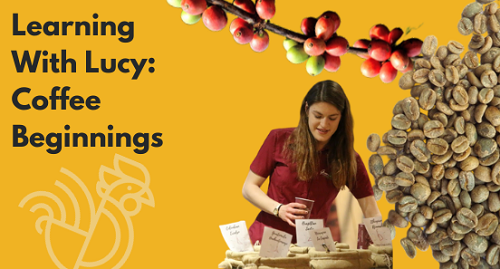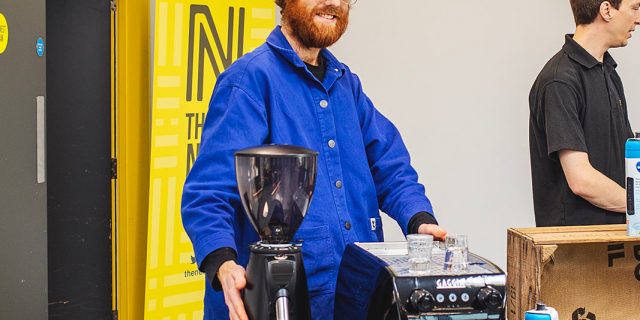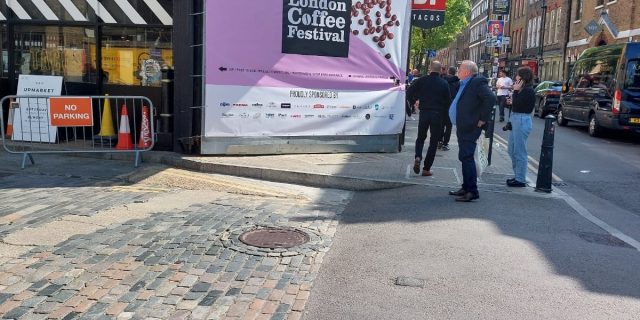On 24th March we held our first annual “East Anglia’s Best Barista” competition as The…
Learning With Lucy: Coffee Beginnings
Where It All Begins…
Hi coffee lovers, Lucy here!
In this chapter, I’m going to take you right back to the start of our coffee journey!
I have always assumed coffee was prominent throughout human history; I couldn’t imagine a time without it!
B.C has always meant ‘Before Coffee.’…. right?
During my apprenticeship, I have learnt that the discovery of coffee begins with dancing goats.
Bleating aside, this was something I wasn’t expecting!
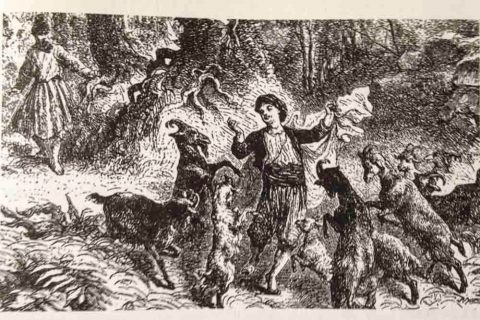
The story goes, that long ago, a goat herder in Ethiopia named Kaldi noticed his goats were extremely energetic after they ate a mysterious fruit. Wanting to see the effects for himself, he decided to eat this magical fruit.
A passing monk noticed Kaldi and his dancing goats and wanted to know what was going on!
The monk realised that this fruit was the answer to his prayers… Literally!
It turned out that his fellow monks were falling asleep during the long hours of prayer.
He rushed back to the monastery with his new findings.
Crushing the fruit up and adding it to their drinks, they were more awake than ever!
Although, we will never really know if this story is true. It’s a pretty fun one to tell!
Whether your friends believe you or not, is a different story.
Storytime over, let’s get back to some facts!
This magical fruit that makes goats dance, is the cherry that the coffee beans come from.
When I started on my coffee journey, I had no idea that coffee beans came from a fruit or that the coffee that we roast is green!
Coffee beans from different altitudes, regions and varieties give a range of flavours and aromas.
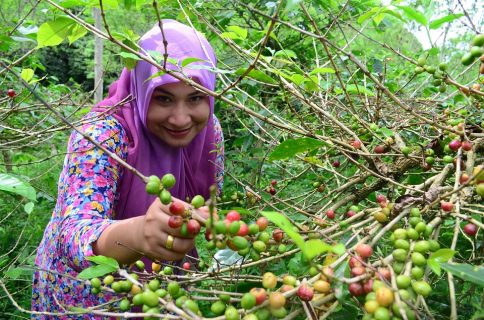 There are two main types of coffee bean, Arabica and Robusta.
There are two main types of coffee bean, Arabica and Robusta.
Robusta, just like how it sounds, is more robust. It is more resistant to disease due to the amount of caffeine in the bean, as caffeine is a natural pesticide! Who knew!
Arabica must be grown at a higher altitude and is more susceptible to disease.
Once the plants are fully grown, they produce a beautiful flower that turns into a red cherry.
Once ripe, the coffee is either harvested by hand or machine. This depends on altitude and variety of coffee.
How coffee beans are processed will affect the flavour of the finished bean.
I will discuss the processes in more detail in a future blog so come back for that!
Once processed they are dried on the ground for several days, then bagged and shipped across the world!
The whole process takes around 6 years from when the bean is germinated to the finished cup. What a life!
Thought-provoking even! So next time you are in a café or sitting at home drinking your favourite coffee take a second to think about the origins.
Now you know a little more about the discovery of coffee why not give our Colombia San Lorenzo a try?
With tasting notes of dried fruit and orange, this is perfect for filter brewing and ideal for an AeroPress too!
Find the Colombian coffee by clicking on the bag below or sign up to our subscription coffee service to get a different coffee every month through your door!
See you next time!
Lucy 😊

